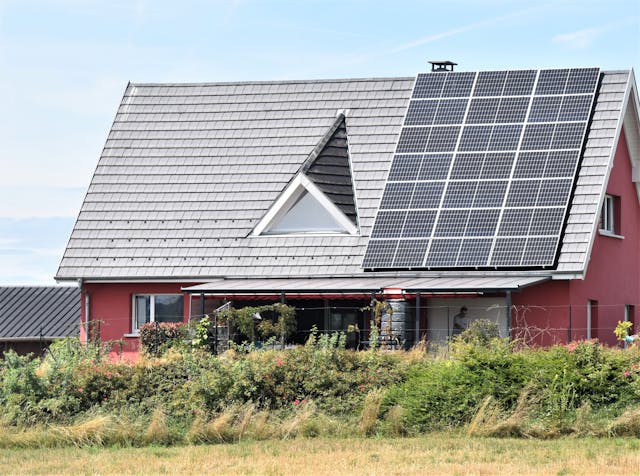
“I installed solar panels—so why isn’t my electricity bill zero?” It is a common expectation among homeowners who make the switch to solar when they are working towards a green and sustainable lifestyle. After all, harnessing the sun’s power should mean complete energy independence, right?
Not quite.
While solar panels significantly reduce your electricity costs, they don’t permanently eliminate them. Understanding the why and how can help you maximize your investment. In this article, we’ll break down the key reasons your bill still exists, from grid connection fees to energy consumption patterns. By the end, you’ll have a clearer picture of how solar truly impacts your monthly expenses. Let’s get into it.
Why Your Home Is Still Connected to the Grid
Most residential solar systems are grid-tied, meaning your home remains connected to the utility company even after installing solar panels. This design allows you to use solar energy when available and rely on the grid when your panels aren’t producing enough power.
How Solar Panels Generate and Use Energy
Solar panels harness electricity during the day when the sun is shining. The energy generated is first used to power your home. If your system produces more than you need, the abundant electricity is sent back to the grid. This is where net metering comes in—your utility company credits you for the surplus energy, helping lower your bill.
However, your solar panels don’t generate power at night or during cloudy weather. This means your home must pull electricity from the grid, which results in a remaining balance on your bill.
5 Common Reasons Your Electricity Bill Still Exists
Even with solar panels, you might still see charges on your bill due to several factors:
1. Grid connection fees
Most utilities charge a standard connection or service fee for linking to the grid. This fee applies even if your solar panels generate all your electricity.
2. Nighttime energy use
Since solar panels don’t produce power at night, you’ll need to use your stored battery energy, if you have one, or rely on the grid, which can add to your bill.
3. Weather and seasonal variations
Cloudy days, rain, and seasonal changes can affect how much solar energy your system generates, sometimes leading to higher grid consumption.
4. System size vs. energy consumption
If your system isn’t big enough to meet your household’s total energy needs, you’ll need grid power to make up for the difference. Using a solar panel calculator in the Philippines can help estimate the right system size for your home, ensuring maximum savings.
5. Minimum utility charges
Even with solar, some electric companies impose a minimum monthly charge to cover grid access and maintenance costs.
Solar Power: A Smarter Way to Save
While installing solar panels can drastically reduce your electricity bill, total elimination is unlikely. The good news? Solar power still offers long-term savings and a cleaner, greener future for your home. By optimizing your energy use and choosing the right system, you maximize your investment.